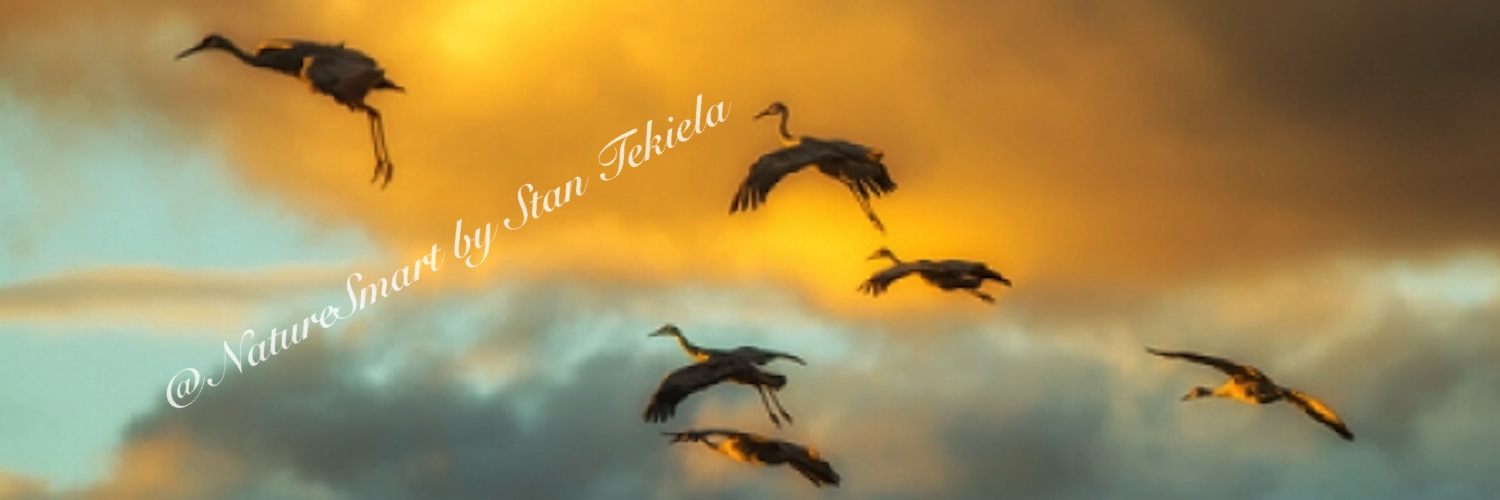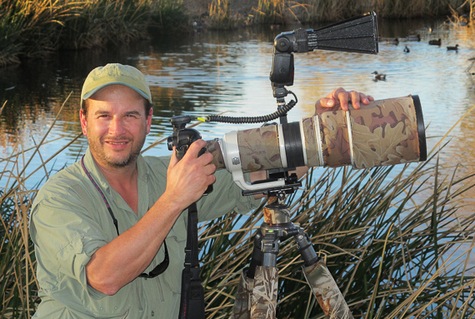
Wildflowers Carpet the Great Smoky Mountains National Park
Naturalist and wildlife photographer Stan Tekiela takes us on a journey to photograph wildflowers in the Smokies.
Walking down the dirt foot path through an amazing forest filled with towering trees, I have to adjust my tripod and camera that I am carrying over my right shoulder. I’ve been carrying this heavy camera gear for four days in a row, so the top of my shoulder is getting a little tender and sore.

Stopping to catch my breath and take in the view, my eyes fall on a particularly massive tree with a tall, straight trunk. Most of these tulip trees are more than 100 feet tall and have impressive crowns. In fact, these are some of the tallest deciduous trees in America. You feel like you are walking among giants traveling in these forests.
I’ve been working in and around the Great Smoky Mountains National Park recently, on assignment to photograph the myriad of spring wildflowers for a new book that I am writing. While many of the northern states are still locked up in cold, snow, and frozen lakes, spring has arrived with its sweet green leaves and amazing variety of colorful wildflowers.
I am searching for some particular wildflowers. I have high hopes of finding a painted trillium and also a few orchids. The weather couldn’t be more perfect. A light cloud cover provides enough sun to highlight the shape of the flowers. A light rain moistened up the forest floor and makes everything look saturated. Now I just have to find the flowers.
Gray and red squirrels move about the forest floor. They scamper down fallen logs with hickory nuts that fell last autumn. Clear streams swollen with spring melt water are rushing down the mountainsides and creating a constant hum of soothing, splashing sound. While walking, I have to cross two tiny streams on my way to a special wildflower place deep in the woods.
Along the trail are hundreds of the uncommon Catesby’s trillium. This is a small, white, three-petal flower that hangs down under a whorl of three leaves. It is a fascinating flower and a treasure to find, but I am searching for the painted trillium.
The large, showy, yellow trillium grows all over the mountainsides in the Smokies. At this time of year, it is the dominant species of trillium and brings a smile to my face every time I look at one. It usually grows in small clumps of 20 to 40 flowers but sometimes stands alone on the forest floor.
This trail goes up and down the valley for over 2 miles. Near the end, I spot a small clump of yellow lady slipper orchids. These large, yellow flowers are spectacular and some of the showiest in the forest. The plants stand more than a foot tall and have five large blooms. This is one of the most common wild orchids in the U.S. and is found in almost every state.

After another mile or so, the path undulates through the forest. I can hear black-throated green warblers calling over my head, along with a Carolina wren in the distance.
After a long uphill climb, the trail turns and heads down into a narrow valley. I slowly work my way down the slipper path. At the bottom is a small, flat area that is carpeted with thousands of wildflowers. It is perhaps the most spectacular display of wildflowers in one spot that I have ever seen. About a dozen different species of wildflowers are all blooming at the same time. It is hard to figure out where to begin photographing—or how to capture all of this beauty in just one image.
I was looking around, enjoying the flowers, when I realized that I had a 2-hour walk back to my truck and that there were only 3 hours of light left in the day. After capturing a few more images, I hoisted my camera and tripod back up on my shoulder, turned, and headed down the trail with a great sense of accomplishment.
If you enjoyed Stan’s post, you may consider one of his amazing nature books: Majestic Eagles; The Lives of Wolves, Coyotes, and Foxes; or Backyard Birds: Welcomed Guests at our Gardens and Feeders. Young readers will delight in his award-winning children’s books, such as Whose Butt?, Critter Litter, and his latest, Jump, Little Wood Ducks.
You can follow Stan on Facebook and Twitter, or contact him via his web page. Stan’s nationally syndicated NatureSmart Column appears in more than 25 cities spanning 5 states (Minnesota, Wisconsin, Michigan, Illinois, and Pennsylvania) and is circulated to more than 750,000 readers. Stan’s author page on Amazon features some amazing videos! Check them out, and follow him for updates.
For more stories about wildlife and nature, sign up for our newsletter now!
More posts from Stan:
Indigo Bunting—A Familiar Summer Visitor
The Nesting Behaviors of Sandhill Cranes
Big Birds, Baby Birds, Birds Everywhere
Stan Tekiela observes Marsh Wrens
The Magical, Mystical World of Sandhill Cranes


